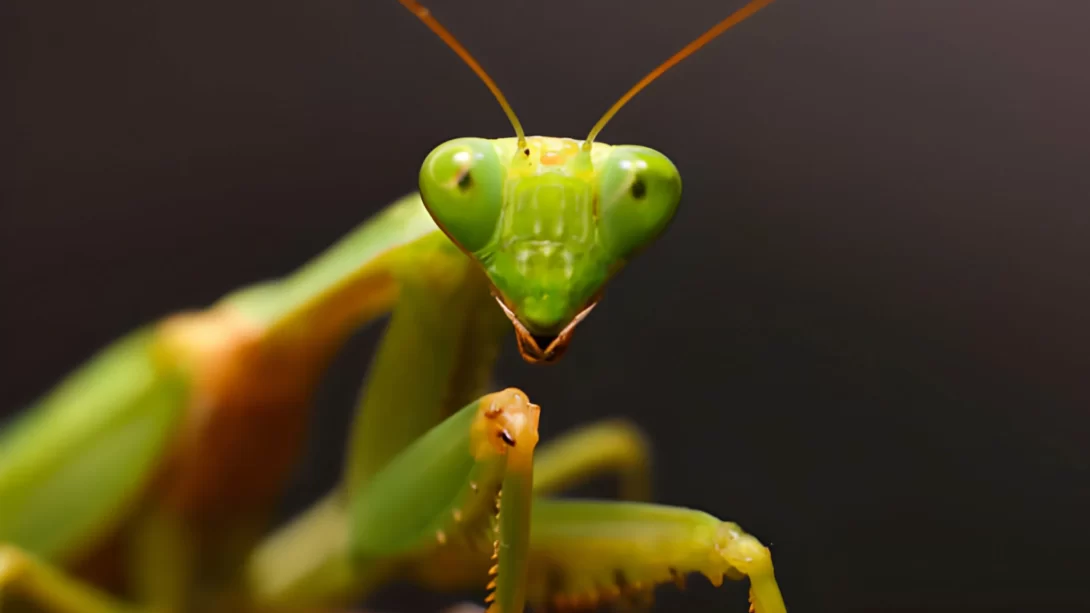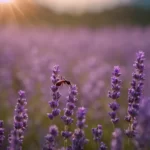Praying mantises are well-known for their predatory prowess in the insect world, often fascinating observers with their hunting skills. A question that arises in considering the diet of these formidable hunters is whether they prey on ladybugs. This article explores the dietary habits of praying mantises and examines their interactions with ladybugs.
Praying Mantises’ Diet
Praying mantises are carnivorous insects, primarily feeding on other smaller insects. Their diet is diverse, including flies, moths, beetles, and occasionally other larger insects. Praying mantises are ambush predators, using their camouflaged appearance to stealthily capture unsuspecting prey. They are known for their patience and precision in hunting, striking quickly with their powerful front legs to seize their target.
Praying Mantises and Ladybugs: Predator and Prey Dynamics
The relationship between praying mantises and ladybugs is a classic example of predator-prey dynamics in the natural world. While praying mantises are not selective hunters and will generally consume any small insect they can overpower, the question remains whether ladybugs are a common item on their menu. Given the size and availability of ladybugs, they could potentially be prey for praying mantises.
Observations of Praying Mantises Eating Ladybugs
There have been documented instances and observations of praying mantises preying on ladybugs. These observations often occur in garden settings where both insects are common. Praying mantises, with their sit-and-wait hunting strategy, can capture ladybugs that venture within their reach. However, it’s important to note that while praying mantises are capable of eating ladybugs, these occurrences might not be exceedingly common due to the ladybugs’ defense mechanisms.
Ladybugs’ Defense Mechanisms Against Predators
Ladybugs have evolved several defense strategies to deter predators, including praying mantises. One of their primary defenses is their bright coloration, known as aposematism, which signals to potential predators that they might be toxic or foul-tasting. Additionally, when threatened, ladybugs can secrete a yellow fluid from their legs, which contains alkaloids. This substance is distasteful to many predators and can deter them from eating ladybugs. The effectiveness of these defenses can vary, but they generally provide ladybugs with some level of protection against predation.
Ecological Impact of Praying Mantises Eating Ladybugs
The predation of ladybugs by praying mantises has ecological implications, especially in environments where both are present, such as gardens and agricultural fields. Ladybugs play a crucial role in controlling pest populations, such as aphids, and their reduction by predators like praying mantises can impact this natural pest control. However, this predator-prey relationship is also a natural part of ecosystem balance, contributing to the regulation of both ladybug and praying mantis populations.
Conclusion
In conclusion, praying mantises do occasionally prey on ladybugs, although this behavior may not be exceedingly frequent due to the effective defense mechanisms ladybugs possess. The dynamic between these two insects is a fascinating example of predator-prey interactions in the natural world, showcasing the complexity and balance within ecosystems.
The presence of both praying mantises and ladybugs in garden and agricultural settings highlights the intricate relationships among various species and the importance of each in maintaining ecological equilibrium. Ladybugs serve as vital pest controllers, while praying mantises act as generalist predators, maintaining the insect population balance.
Understanding these interactions is crucial for gardeners and farmers who seek to promote a healthy and diverse ecosystem in their gardens or fields. It encourages a broader perspective on the role of each species, emphasizing the importance of biodiversity and natural pest control methods.
This insight into the diet of praying mantises and their interaction with ladybugs underscores the interconnectedness of nature’s various species. It serves as a reminder of the delicate balance that exists in ecosystems and the need to protect and preserve these natural relationships.




